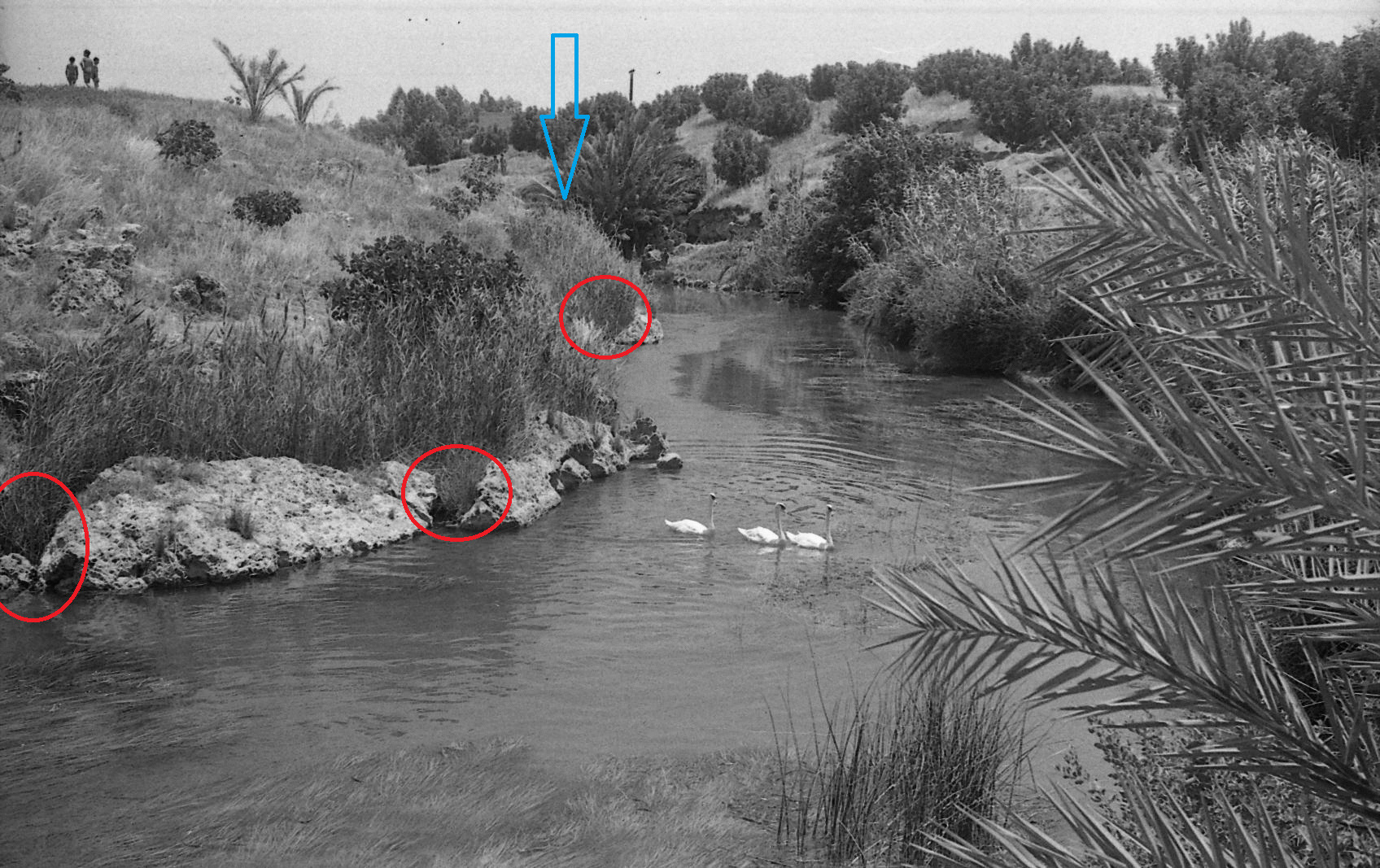
"The discovery was made by a multidisciplinary team led by Amos Frumkin of the Hebrew University of Jerusalem. It began when infrastructure work exposed five parallel openings. "Their engineering precision suggested a hydraulic purpose," Frumkin explains. "But unlike the open aqueducts typical of the era, these channels were subterranean-an adaptation to the valley's geology and the brackish nature of the local water.""
"Using Uranium-Thorium dating of stalactites formed soon after the tunnels' excavation, the researchers determined that the structures were likely built in the late Mamluk period (15th-16th centuries CE). One sample yielded a date of 1497 ± 36 CE, confirming that the tunnels were active around the height of the Mamluk sugar industry. This period corresponded with the flourishing of sugarcane cultivation in the Bet She'an Valley, a region known for its fertile soils and numerous springs."
"The 'En 'Amal spring, which feeds Nahal 'Amal, produces a steady year-round flow of water-measured in the early twentieth century at nearly 2,500 cubic metres per hour. Although its high salinity (870-970 mg of chloride per litre) made it unsuitable for drinking or irrigation, it proved ideal for industrial use. The Mamluks took advantage of this stable water supply to power mills in a landscape otherwise limited by seas"
An underground network of tunnels carved into soft tufa rock lies beneath Gan Ha-Shelosha National Park along the Nahal 'Amal waterway in northern Israel. The channels were engineered to harness brackish spring water and convert it into mechanical energy to power sugar mills during the late Mamluk period. Uranium-Thorium dating of stalactites indicates construction and use around 1497 ± 36 CE, coinciding with sugarcane expansion in the Bet She'an Valley. The 'En 'Amal spring provided a steady year-round flow despite high salinity, making it unsuitable for drinking but ideal for industrial water-powered milling.
#mamluk-sugar-industry #medieval-hydraulic-engineering #subterranean-tunnels #uranium-thorium-dating
Read at Medievalists.net
Unable to calculate read time
Collection
[
|
...
]